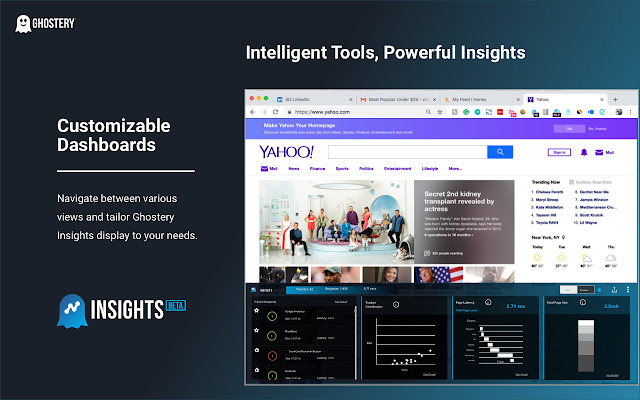
Which Prop Firms Have the Lowest Maximum Loss Limits?
Ever been halfway through a trading challenge, only to watch your account crumble because of strict maximum loss rules? For many traders dipping their toes into the world of proprietary trading (“prop trading”), the biggest surprise isn’t how profitable they can be — it’s how unforgiving some prop firms are when it comes to loss limits. Whether you’re trading forex, stocks, crypto, indices, options, or commodities, those rules can be the difference between passing an evaluation and being locked out of your account.
If you’ve ever asked yourself “Which prop firms have the lowest maximum loss limits, and how does that affect me?” — you’re in the right place. This isn’t just a list of names; it’s about understanding what those limits mean for your strategy, your psychology, and your growth as a trader.
What Maximum Loss Limits Actually Mean
Every prop firm sets risk parameters on trader accounts. The “maximum loss limit” is essentially the line in the sand: go past it, even by a cent, and you’re done. This cap can be daily (e.g., 5% of account balance) or overall (e.g., 10% drawdown from the starting equity).
Firms with lower limits are challenging by nature — they want to protect their capital, and they filter for traders with razor-sharp discipline. For example, a firm offering a $100,000 funded account with a total max loss of $6,000 is effectively telling you: “Trade like a surgeon, not like a cowboy.”
Examples of Tight Risk Firms
Traders often mention outfits such as FTMO and Topstep when talking about stricter caps. FTMO has a 10% overall drawdown limit but enforces a 5% daily loss limit, which can feel brutal if your strategy involves higher volatility moves. Some crypto-focused prop firms, riding the fast-decentralized wave, have even tighter rules — certain blockchain-based funding platforms cap loss at 4% for intraday moves.
On the extreme side, you’ll find smaller niche firms with just 3% daily limits (often in their stock or futures programs). It’s not impossible to work with — scalpers and risk-percentage traders actually thrive with such constraints because it forces precision and removes impulsive trades.
Why Lower Limits Can Actually Be a Hidden Advantage
At first glance, low maximum loss limits feel restrictive. But think about it from a performance perspective: they teach discipline faster than any trading course. When you can’t afford big swings, you start caring about entry points, stop loss placement, and market sentiment in ways you might overlook with looser rules.
A friend of mine took a 4% max daily loss challenge with a crypto prop desk. He called it “boot camp for my brain.” His win rate didn’t shoot up overnight, but his worst red days became smaller. That’s what prop firms want — consistency over fireworks.
Multi-Asset Trading Pressure
For traders in forex, stocks, crypto, indices, options, and commodities, tight loss limits change the game. Currency pairs with low volatility can feel easier to manage under these rules, while fast-moving cryptos might require smaller position sizes or hedging through correlated assets. Options traders sometimes use spreads to limit maximum exposure, fitting neatly into prop firm risk frameworks.
When combining markets — say forex alongside indices — the key is correlation awareness. A Nasdaq drop often aligns with risk-off moves in certain currency pairs. That can blow up your account fast if you’re not careful under a 5% daily cap.
Prop Trading Meets Decentralized Finance (DeFi)
The last few years have seen prop trading spill into DeFi spaces. Blockchain-based prop platforms promise near-instant payouts, smart contract risk rules, and transparency. But here’s the challenge: volatility in decentralized markets can obliterate low max loss limits in minutes. While AI-driven trading bots and algorithmic strategies are starting to adapt, human traders still need to blend patience with speed.
Future Trends – Smart Contracts & AI Risk Management
Imagine a funded crypto account where every trade is routed through a smart contract that automatically closes positions once your daily drawdown hits 4%. No manual intervention, no “maybe I can win it back” moments.
Or think about AI analyzing your habits and tightening limits as soon as it detects emotional trading patterns. This level of integration isn’t far away, and it could redefine how low maximum loss limits are enforced — turning them from a rigid line into a dynamic safety net.
Navigating Low Limits & Thriving
If you’re considering a firm with strict drawdown rules:
- Trade smaller position sizes than you would on your own account.
- Focus on high-probability setups with tight stop losses.
- Track correlation across assets to avoid double exposure.
- Treat loss limits as training weights, not shackles.
The payoff is huge — pass the challenge, get funded, and you manage someone else’s capital with proven discipline. That reputation opens doors to better funding terms and higher scaling caps down the road.
Final Takeaway
Low maximum loss limits separate the disciplined from the reckless. If you hate giving control to risk rules, prop trading under these conditions will frustrate you. But if you see them as a way to sharpen your game, they become a launchpad for serious professional growth.
Slogan: "Trade smart, survive the limits, own the markets."
Want the name of the prop firm with the tightest loss caps? That’s less important than knowing how to work within them — because once you master that, any funding offer becomes an asset, not a trap.

